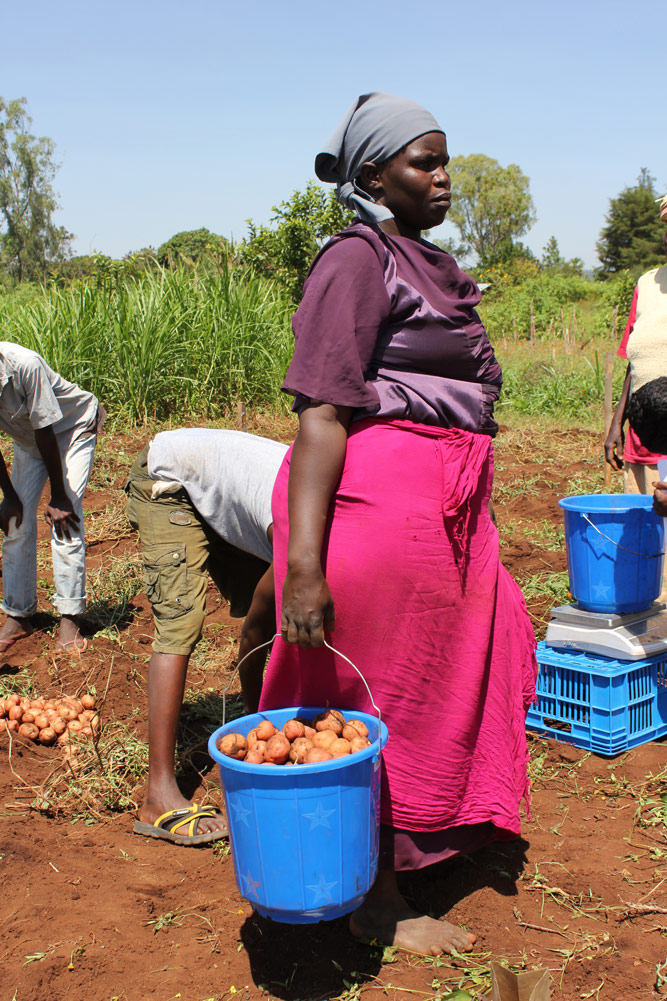Gender, a term long assumed to be synonymous with “women,” in fact refers to the interplay between the sexes in the planting, cultivating, harvesting and selling of crops, according to Gordon Prain, Science Leader of CIP’s Global Program on Social and Health Sciences.
Prain is one of four senior social science researchers in the CGIAR leading a new initiative to examine dozens of cases across Africa, Asia and Latin America to measure and describe how gender roles shape agricultural outcomes. The idea is to identify what effect gender norms have on agricultural technology, and the ways – overt or subtle – in which such technologies, from tool use to access to credit lines improve or hurt gender norms.
If relevant research and development projects are to be designed and implemented, they must reflect the unique, only sometimes overlapping roles of men and women in a wide array of agricultural processes, from the storing of seeds to keeping crops free of pests. “If you focus solely on women, then you miss out on a lot of socio-economic and cultural data that can influence women’s livelihoods – and those of their children” says Prain, who has overseen multiple studies on gender in agriculture as part of his work within the CGIAR.
The influence of social norms on a woman’s interactions with her husband, her father, her brothers and other relatives as well as her engagement with different institutions of the society itself can shape crop choices and planting decisions, consumption patterns and the sale of products, he says. “These gender relations influence the capacity of a woman to take initiatives such as gain access to credit, or participate in local politics,” both of which can also shape crop investments and yields.

Prain notes that many CGIAR studies have examined gender roles in agriculture, but they have been typically small scale and isolated from one another. “They are easily dismissed as anecdotal and their findings ignored,” he notes. This new, larger CGIAR study will use a common framework and standardized qualitative methodology to build a global database from large numbers of cases. Findings from the analysis of this data are expected to change how we approach agricultural research and to lead to more effective, equitable innovation.
“By looking comparatively, we can make a statement that will be difficult to ignore,” Prain says.
